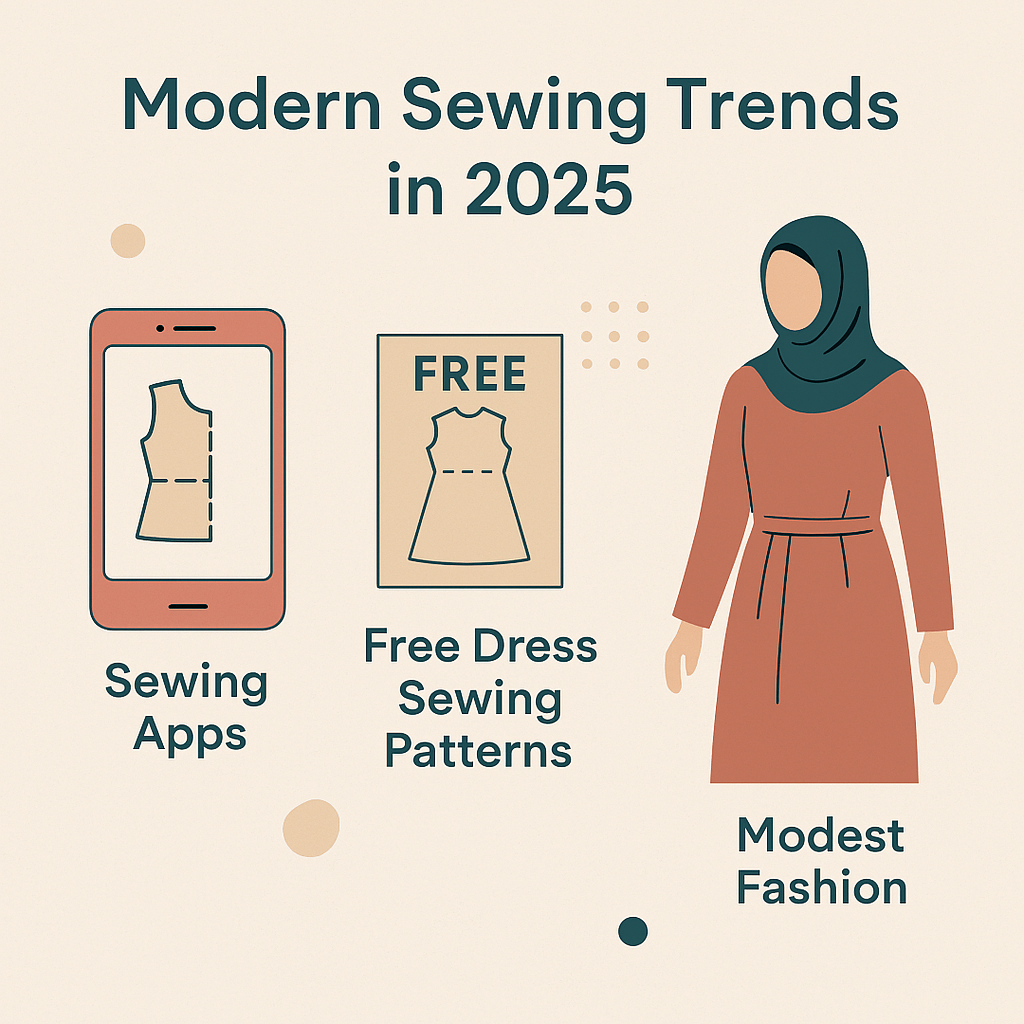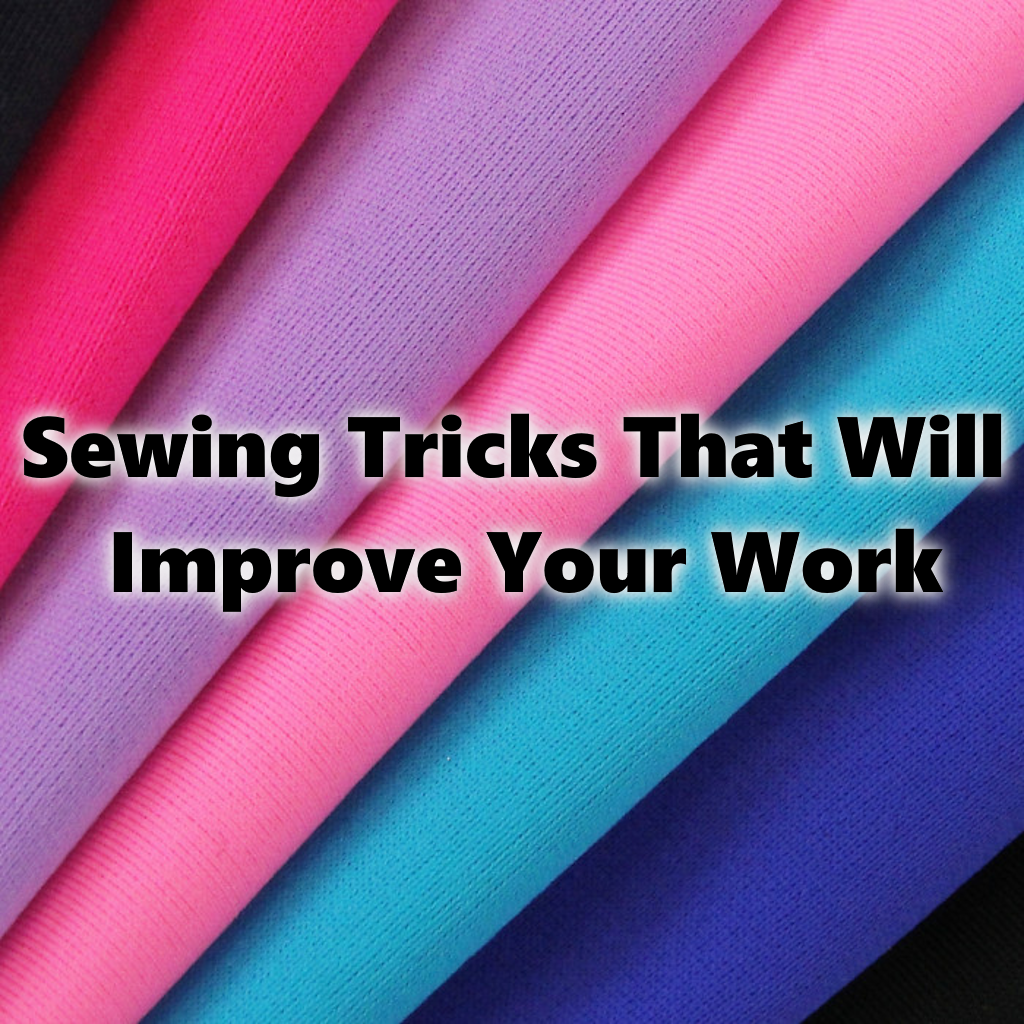
Looking to refresh your wardrobe this year? If you’re into modest fashion and love sewing, 2025 is your year to shine! With DIY culture booming and sewing apps on the rise, it’s easier than ever to create fashionable, modest outfits from the comfort of your home. Whether you’re a beginner or a seasoned creator, this guide will walk you through the top trends and how the Sew It Yourself app makes it easy to follow them.
Why Modest Fashion Is Trending in 2025
Modest fashion is gaining global popularity—not just for cultural or religious reasons but for its elegance, comfort, and versatility. From long skirts to oversized blazers and high-neck tops, these pieces offer both style and practicality.
The rise of sewing apps like Sew It Yourself has empowered users to find free dress sewing patterns and create custom looks tailored to their personal values and aesthetic preferences.
Top DIY Modest Fashion Trends This Year
1. Flowy Maxi Skirts
Pair with solid tops or layer with long jackets. Use lightweight fabrics for a relaxed look or go bold with prints.
2. Oversized Button-Up Shirts
Chic, versatile, and easy to sew using basic patterns. Try linen or cotton for everyday wear.
3. Tunic Dresses
Perfect for layering over pants or leggings. Add pockets, belts, or embroidery for a personal touch.
4. Wide-Leg Trousers
Comfortable and elegant, they match well with fitted modest tops.
How the Sew It Yourself App Makes It Easier
The Sew It Yourself app is your creative companion. It offers:
- Printable patterns on A4 paper
- Step-by-step guidance for each project
- Virtual try-on feature to preview fits
- Patterns that suit modest clothing needs
You don’t need advanced sewing skills—just a machine, some fabric, and the app to guide you.
Benefits of DIY Modest Fashion
- Saves money on custom or boutique modestwear
- Encourages creative self-expression
- Lets you control fit, fabric, and finish
- Environmentally friendly with less waste
Whether you’re looking for sewing tips, sewing apps, or free patterns for sewing, the Sew It Yourself app gives you everything you need.
Final Thoughts
2025 is all about conscious fashion and creativity. With the right patterns, some fabric, and helpful tools like Sew It Yourself, you can stay on trend while dressing modestly—and uniquely.
Ready to transform your wardrobe? Download the app and start sewing your style today.


